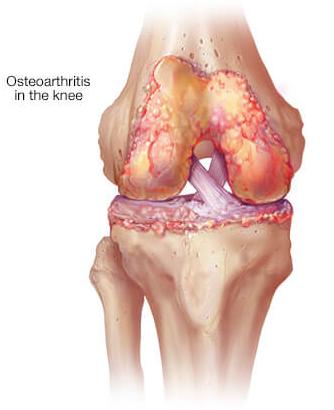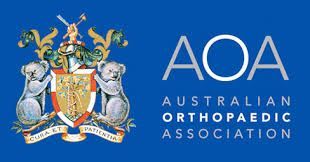Knee Arthritis
What is Knee Arthritis?
Knee arthritis, also known as osteoarthritis of the knee or degenerative joint disease of the knee, is a degenerative joint disease that occurs when the protective cartilage in the knee joint breaks down, causing the bones to rub against each other. This leads to pain, stiffness, inflammation in the knee joint and loss of function.
Many conditions can contribute to secondary arthritis, but the exact cause of primary osteoarthritis is often never known.
How Does Knee Arthritis Impact Your Anatomy and Health?
The knee joint is made up of three bones: the femur (thigh bone), the tibia (shin bone), and the patella (kneecap). The ends of these bones are covered with a smooth, protective layer of cartilage.
When knee arthritis occurs, the cartilage in the knee joint begins to wear away. This causes the bones to rub against each other, resulting in pain, swelling, and stiffness. Over time, the bone may deteriorate and develop bone spurs, making it difficult to move the knee joint.
What are the Types of Knee Arthritis?
There are three main types of knee arthritis:
- Osteoarthritis: This is the most common type of knee arthritis. It occurs when the protective cartilage in the knee joint breaks down due to wear and tear over time. The primary cause is still not well comprehended.
- Inflammatory arthritis: usually resultant of an autoimmune or metabolic disorder that causes the body's immune system to attack the synovial membrane that lines the knee joint. Common examples are Rheumatoid arthritis, Gout disease, and Pseudo-gout.
- Post-traumatic arthritis: This type of knee arthritis occurs after a traumatic injury to the knee, such as a fracture or ligament tear.
- Post-meniscectomy: in cases where an extensive meniscectomy was needed in the past to manage a complex meniscus tear.
Risk Factors for Knee Arthritis
While knee arthritis can affect anyone, certain risk factors increase the likelihood of developing the condition. These include
- Age: Knee arthritis is more common in older adults, particularly those over 50.
- Obesity: Excess weight stresses the knee joint, increasing the risk of knee arthritis.
- Gender: Women are more likely to develop knee arthritis than men.
- Genetics: There may be a genetic component to knee arthritis, as it tends to run in families.
- Previous knee injuries: Those who have suffered a knee injury in the past, such as a fracture or ligament tear, are at higher risk for developing knee arthritis.
What are the Causes of Knee Arthritis?
The exact cause of knee arthritis is not fully understood, but several factors may contribute to its development. These include:
- Wear and tear: Over time, the protective cartilage in the knee joint may break down due to normal wear and tear.
- Inflammation: Chronic inflammation in the knee joint can lead to cartilage damage and eventually knee arthritis.
- Autoimmune disorders: In some cases, knee arthritis may be caused by an autoimmune disorder, such as rheumatoid arthritis.
- Injuries: A previous knee injury, such as a fracture or ligament tear, can increase the risk of developing knee arthritis later in life.
What are the Symptoms of Knee Arthritis?
The symptoms of knee arthritis may vary depending on the severity of the condition. Common symptoms of knee arthritis include
- Pain and tenderness in the knee joint
- Stiffness in the knee joint, particularly in the morning or after sitting for an extended period
- Swelling or inflammation in the knee joint
- A popping or cracking sound when bending the knee joint
- Limited range of motion in the knee joint
- A feeling of weakness or instability in the knee joint
Stages of Knee Arthritis
The cartilage is a padding that absorbs stress.
The proportion of cartilage damage and synovial inflammation varies with the type and stage of arthritis. Usually, the pain early on is due to inflammation.
When the cartilage is worn away in the later stages, most pain comes from the mechanical friction of raw bones rubbing on each other.
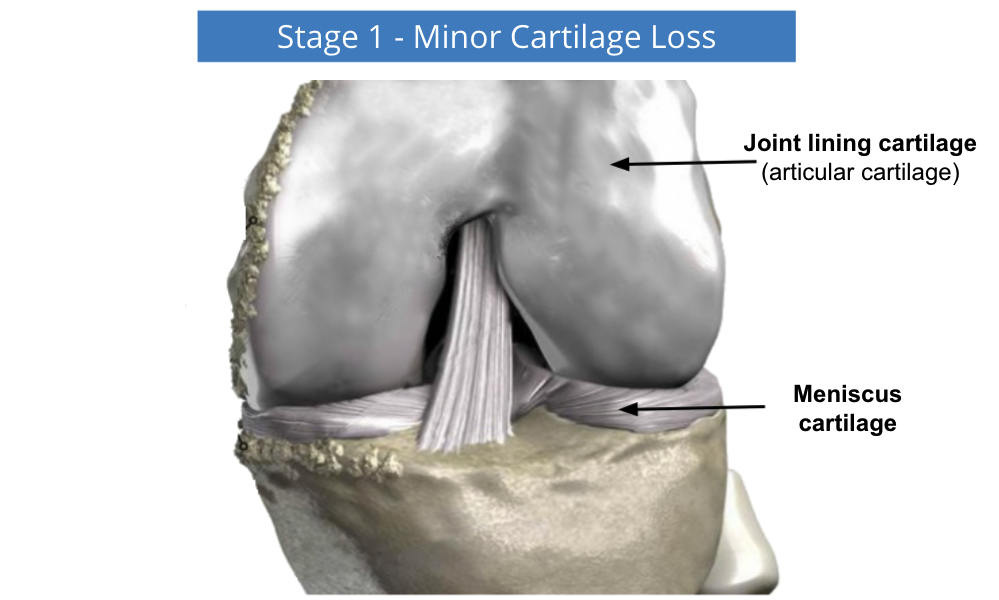

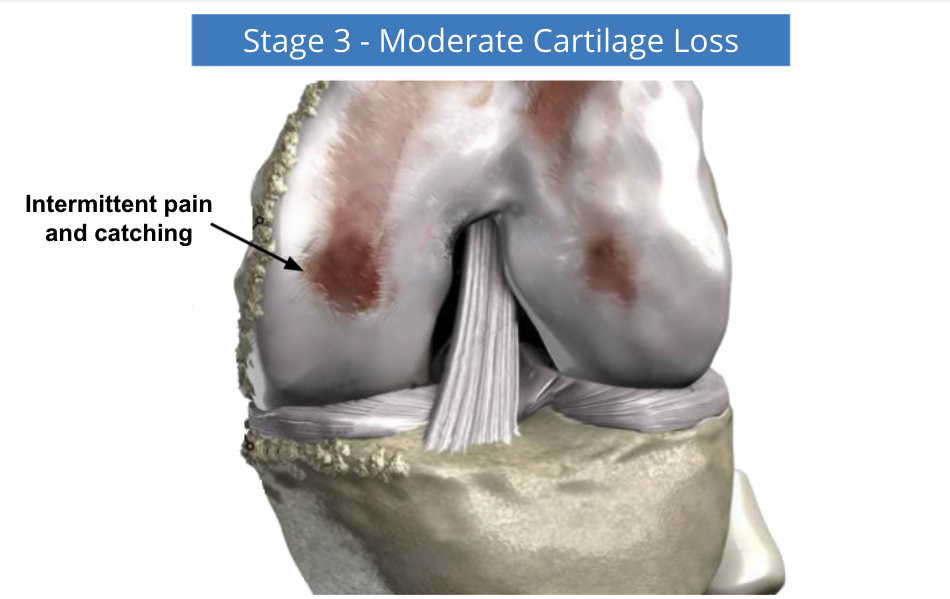
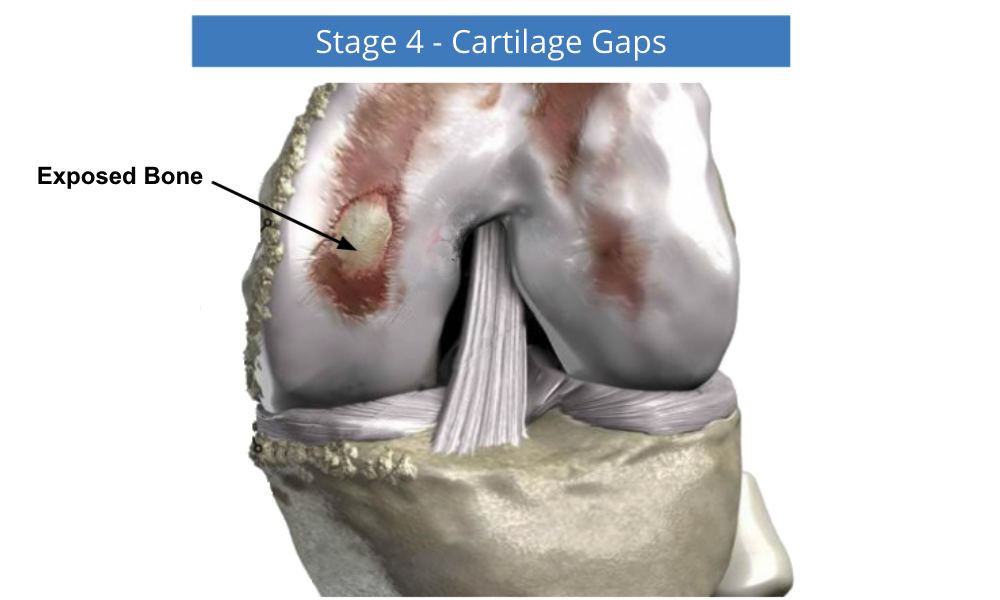
How is Knee Arthritis Diagnosed?
An orthopaedic surgeon can diagnose knee arthritis by physical examination and reviewing the patient's medical history. They may also recommend imaging tests, such as X-rays, magnetic resonance imaging (MRI), or computed tomography (CT) scans, to evaluate the extent of cartilage damage in the knee joint. However, most are diagnosed with simple plain x-rays on specific incidences, such as anteroposterior, lateral, skyline, Rosemberg and Maquet views. You should have these x-rays before attending your first appointment with your surgeon.
What Can You Do?
Consult your doctor, who will determine the type of arthritis you have.
- Rest the joint until the pain subsides to prevent further inflammation
- To ease the pain or stiffness of the joint, apply heat on the joint for about 15 minutes once or twice a day using a hot water bottle, towel or an infrared lamp
- Take painkillers or anti-inflammatories, as recommended by your doctor
- If you are overweight, try to reduce weight to lighten the load on weight-bearing joints. Ideally, your BMI should be below 30. Check your BMI today by clicking on the link. https://www.healthdirect.gov.au/bmi-calculator.
- Participate in regular exercise
What Your GP Can Do For You?
There is no cure for arthritis, so beware of 'miracle cures'. Your doctor may prescribe anti-inflammatory medicine. They may recommend occupational therapy or physiotherapy, which includes exercises and heat treatment.
In severe cases, surgery may be suggested, such as a knee replacement. The type of surgery will depend on your age, the severity of the disease, and the location of the disease. In the elderly with severe arthritis, a joint replacement will give excellent results when well indicated and the surgery well performed.
Treatment Options
Initial treatment for knee osteoarthritis is conservative, consisting of rest, avoiding vigorous weight-bearing activities, and using non-narcotic analgesic and anti-inflammatory medications. With worsening symptoms, a cane or a knee brace may be helpful.
An injection of cortisone into the joint is frequently advised for more severe symptoms and can be beneficial. Visco-supplementation injections such as Synvisc, Durolane and Euflexxa can sometimes be recommended. Discuss that with your surgeon before having any.
Treatment of osteoarthritis focuses on decreasing pain and improving joint movement. It may include:
- Exercises to keep joints flexible and improve muscle strength
- Many different medications are used to control pain, including corticosteroids and NSAIDs
- Glucocorticoids, or viscosupplementation injected into joints that are inflamed and not responsive to NSAIDS
- For mild pain without inflammation, acetaminophen may be used
- Heat/cold therapy for temporary pain relief
- Joint protection to prevent strain or stress on painful joints
- Weight control to prevent extra stress on weight-bearing joints
- Surgery (sometimes) to relieve chronic pain in damaged joints
Surgery for Arthritis
When conservative measures have been exhausted, offer no relief and have become disabling, surgery may be recommended. Different surgical procedures can be used and may include:
High Tibial Osteotomies or Distal Femoral Osteotomies
These procedures are indicated when only one compartment is affected, and the patient is relatively young and too active to be a candidate for joint replacement. These procedures aim to preserve the joint and shift the weight-bearing and joint load to the pristine and asymptomatic compartment of the knee. Follow the link to learn more about osteotomies.
Arthroplasty
In this procedure, your surgeon removes the affected joint and replaces it with an artificial implant. It is usually performed when the joint is severely damaged by osteoarthritis, rheumatoid arthritis, post-traumatic arthritis or avascular necrosis.
The goal of the surgery is to relieve pain and restore the normal functioning of the joint. Total joint replacement can be performed through an open or minimally invasive approach. Partial knee replacement is a less invasive and robotic-assisted procedure and can be indicated in some specific cases. Know more about Robotic Partial Knee Replacement and Robotic Total Knee Replacement.
Arthrodesis
A fusion, also called an arthrodesis, involves the removal of the joints and fusing of the bones of the joint using metal wires or screws. This surgery is usually indicated when the joints are severely damaged, there is limited mobility, damage to the surrounding ligaments and tendons, failed previous arthroplasty, and when heavy manual use is expected. It is usually not the first treatment option and is considered a salvage procedure only. The indications for arthrodesis are very limited nowadays.
Your surgeon will discuss these options and help you decide which type of surgery is the most appropriate for you.
Does Exercise Help Those Who Have Arthritis?
Exercise is essential because it increases the lubrication of the joints and strengthens the surrounding muscles, putting less stress on joints.
Exercise in heated swimming pools-hydrotherapy-can brings enormous relief from pain and stiffness.
Also, studies have shown that exercise helps people with arthritis by reducing joint pain and stiffness and increasing flexibility, muscle strength and energy. It also helps with weight reduction and offers an improved sense of well-being.
All low-impact exercises, such as cycling, swimming, hydrotherapy, light gym, and walks, are recommended.
About Dr LEIE
An Orthopaedic Surgeon specialising in hips and knees who is dedicated to ligament reconstruction of the knee, cartilage restoration procedures, robotic knee (total and partial) and robotic hip replacements.
Quick Links
Contact Us
Phone: 08 6365 5744
Email: admin@drleie.com
Suite 115, Level 1, Medical Centre West, Joondalup Health Campus, 60 Shenton Avenue, Joondalup, Perth, WA, 6027
Practice Hours
- Mon - Fri
- -
- Sat - Sun
- Closed
All Rights Reserved | Dr Murilo Leie


